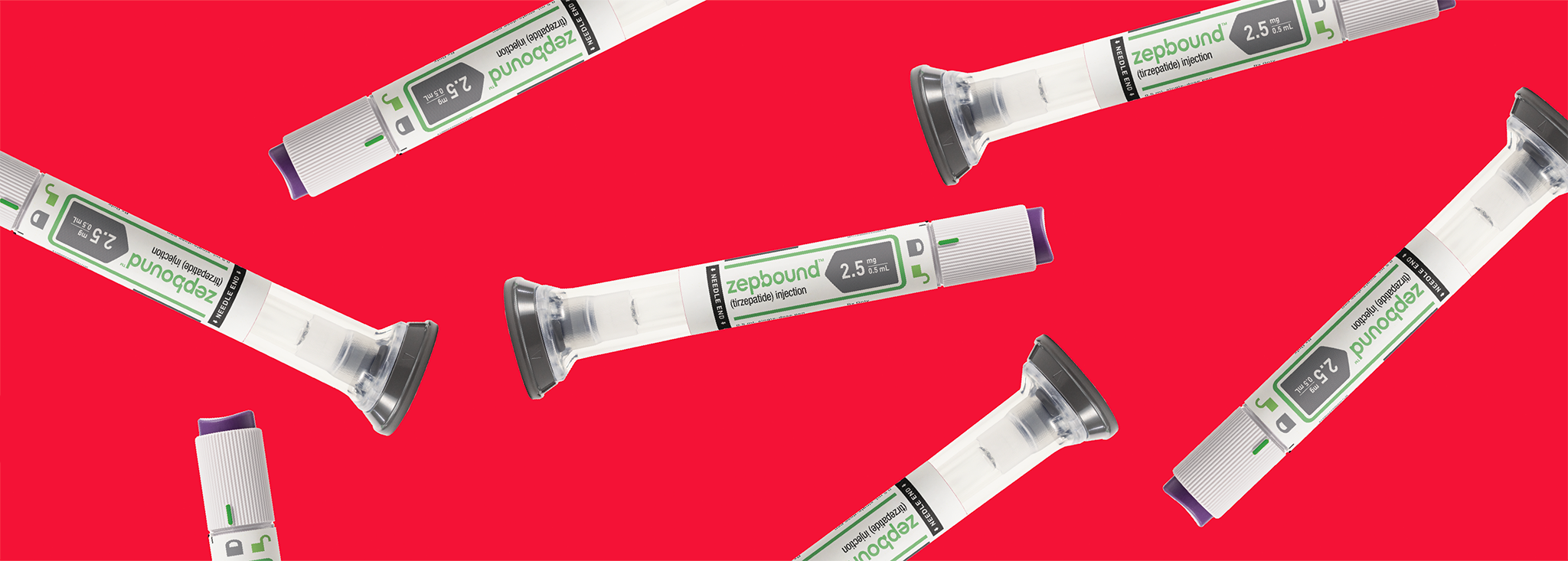Eating Well While Traveling with Type 2 Diabetes
Written by: Sarah Colvert
4 minute read
December 17, 2018
Traveling with T2D can be a challenge but eating well is one way to help ensure a smooth, stressless vacation.
Maintaining a healthy diet while traveling isn’t always easy, but for those on a restrictive diet, it can seem near impossible. For those living with type 2 diabetes, there are steps to take to ensure that traveling does not impinge upon your diet plans.
Step 1: Bring your own snacks
While finding healthy meals to eat is not that hard once you know how, finding healthy snacks is another thing entirely. Solution? Pack your own or have a mental list of what to pick up from a nearby grocery or corner market. Partition out small servings of almonds, peanuts, air-popped popcorn or roasted chickpeas into individual bags. All these snacks are low carb in moderation and tasty to boot. Many convenience stores and groceries sell hardboiled eggs. Stop in and grab a few to throw in your bag at the start of the day. They are high in protein and will make you feel full. And with a little salt and pepper, they are delicious.
While you’re there grab a yogurt cup or some Babybel cheese wheels. Look for Greek yogurt low in blood sugar and fat. This, too, is a snack high in protein; you can find serving cups with as much as 20g of protein! This snack will make you feel full fast. The Babybel, another option, comes in cute, individual servings that are easy to consume in moderation and fun to unwrap from their wax coverings. Any cheese of your choice will do, of course. Whatever snacks you prefer and choose to consume, make sure that you have them on hand before you get hungry. Having a quick and easy food choice handy makes it so much easier to avoid poor choices.
Step 2: Choose restaurants that provide healthy choices
In the age of Yelp, TripAdvisor and Google maps with “restaurants near me” search features, finding a plethora of quality restaurants has never been easier. Try to plan ahead and choose a place to eat before you get really hungry. Avoiding burger and pizza joints is far more feasible when you have already scoped out the menu of a place and found a couple of meal options that fit in your diet plan. Forethought is key here. Try to get familiar with the area you expect to be around your next meal and know the restaurant you plan to stop at.
Having a diet plan in place before you travel is crucial to success here. You should know the kinds of food you can eat without spiking your blood sugar, the kinds of food that advance your weight loss plan and the kinds of food that contribute to your heart health. If you are still figuring out the right diet plan for you, then check out some of these resources on the keto diet, Mediterranean diet and nutrition for those living with type 2 diabetes.
Step 3: Plan what to order ahead of time
You’ll note a theme by now. Plan. Plan. Plan. Making healthy decisions about food is really difficult when your stomach is rumbling and you only have eyes for fried delights and red meat. Deciding ahead of time, with a full belly and a clear mind, where to eat and what to eat when you get there, allows you to make better decisions about your diet. Calling ahead to explore substitutions and availability is also a good idea. Know what you want to eat and follow through. Save the thinking for a less hungry you.
Step 4: The best laid plans of mice and men often go awry
If you find yourself without a plan, without a healthy snack in your bag, without a restaurant nearby that you’ve done reconnaissance on ahead of time and with only fast food for miles, use the powers of the internet to give you healthy suggestions. There are always more healthy and less healthy options. Just because your meal doesn’t perfectly fit into your diet doesn’t mean that you have to abandon your goals entirely. When you can’t choose a meal that’s exactly right, settle for better over worse. Look for that grilled chicken and greens. If you just have to have those French fries because you’re near them, don’t abandon all hope and go for the super-size; order the small instead.
Step 5: Splurge a little
Splurging can come in two forms: splurge on calories and carbs or splurge financially. If you have a little extra in your wallet, then find a place with some fresh seafood and really chow down on the salmon, fresh tuna or those oysters. Treat yourself by spending a little more money than usual instead of more calories. If you’re low on funds, or if you just have to have that dish you love that wreaks havoc on your blood sugar, see if the restaurant will provide a half portion instead of a whole. They might surprise you. You can also look for an appetizer version and then order that salad along with it. Again, keep in mind the “better and worse” options. Just because you are not eating up to your usual standards of healthiness, that doesn’t mean you have to spurn all healthy choices.
Step 6: Make sure you have ways other than food to enjoy your travel
Whether you’re on a business trip or a vacation, no doubt you hope to enjoy yourself and get some pleasure from your travels. One of the most obvious ways people enjoy themselves is through delicious food and memorable meals. While a healthy diet doesn’t mean the end of dining pleasure, it does mean that you can no longer approach food with a carefree, blasé attitude. Whether you’re at home or away, maintaining a healthy diet requires thought and planning, and this process isn’t always the most satisfying or relaxing way to spend time. So find another pleasant and relaxing way to spend your spare hours. Make sure you set aside whatever free time you have on your trip for some self-care. Check out something that’s of particular interest to you or something that’s special to the area in which you find yourself: Visit a museum, walk through a garden, hop on a tour bus, wander around a bookstore and buy yourself a good read. Opportunities are open-ended. Distract yourself and amuse yourself with some of the other enjoyments of life, because while food can be a great sensory experience, life is a smorgasbord and discovering more and more of the joys it has to offer is a lifetime pursuit.

Author
Sarah Colvert
Beyond Type 1 is the largest diabetes org online, funding advocacy, education and cure research. Find industry news, inspirational stories and practical help. Join the 1M+ strong community and discover what it means to #LiveBeyond a diabetes diagnosis.
Related Resources

Between the rising cost of food, paying for diabetes medications and other living expenses, you...
Read more

Getting a type 2 diabetes (T2D) diagnosis can be overwhelming, scary and lead to many...
Read more

On November 8th, 2023, Eli Lilly and Company’s Zepbound (tirzepatide) received FDA approval as the...
Read more

